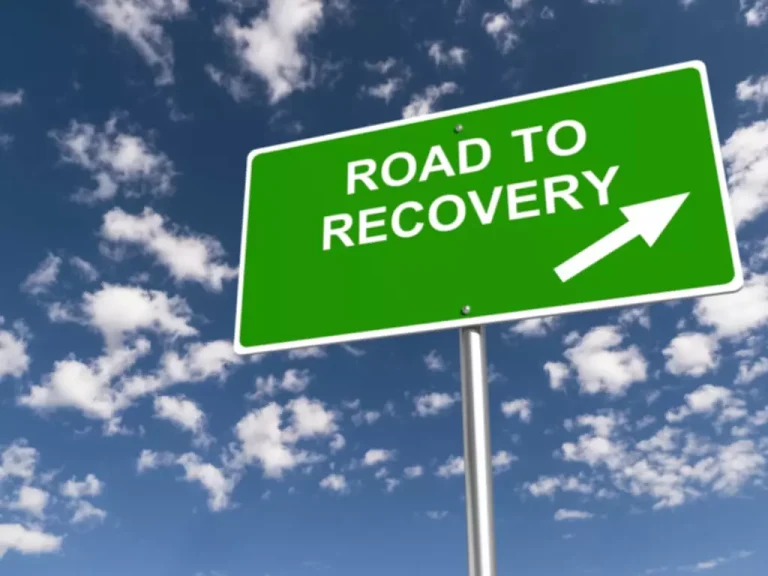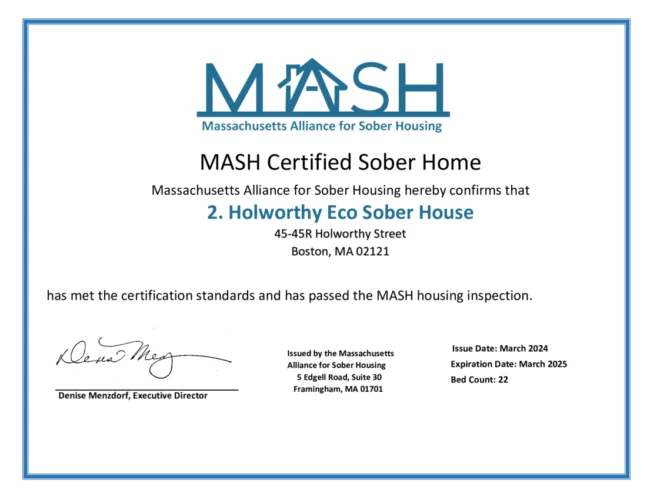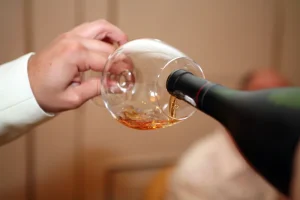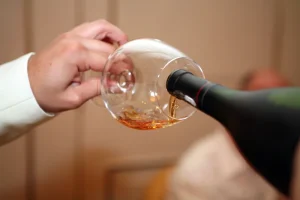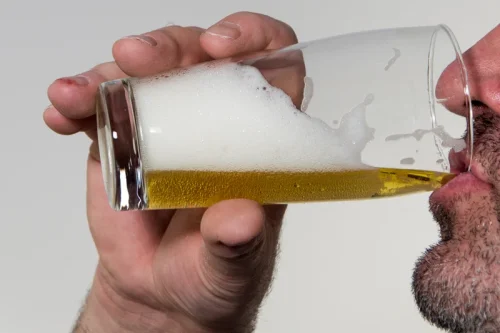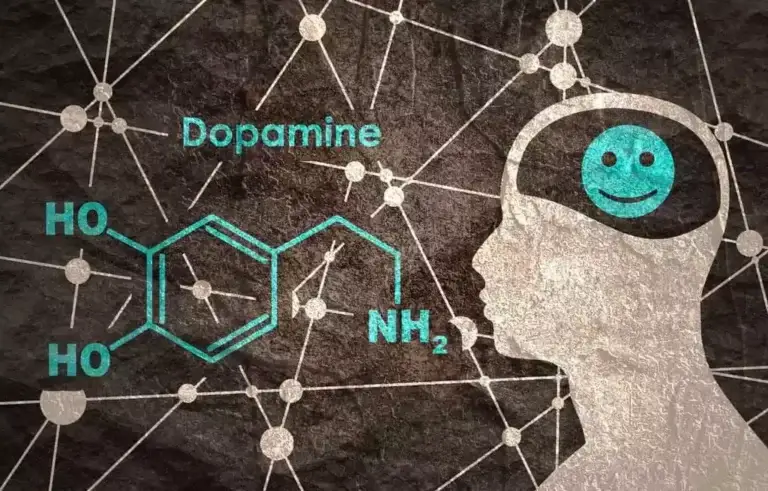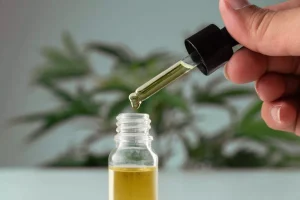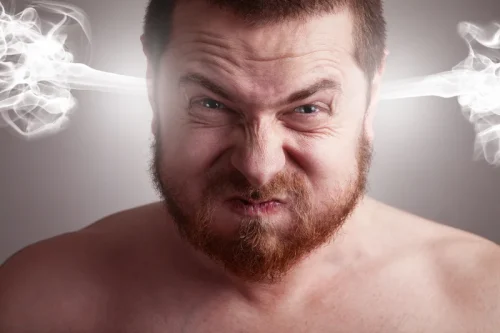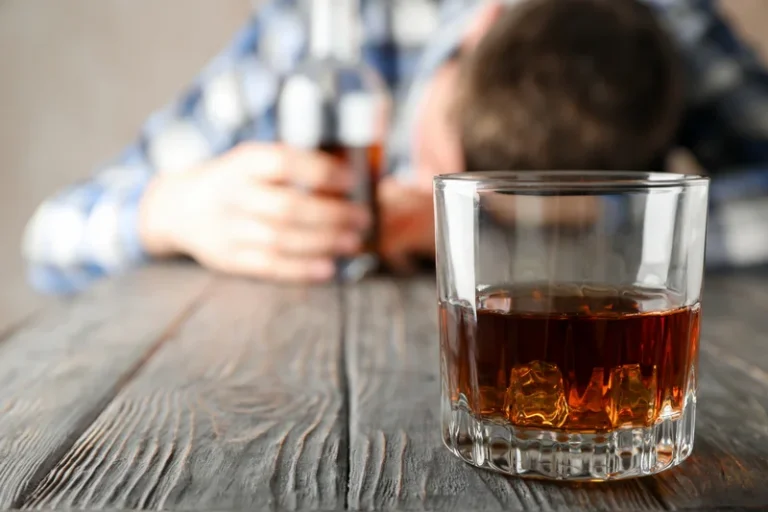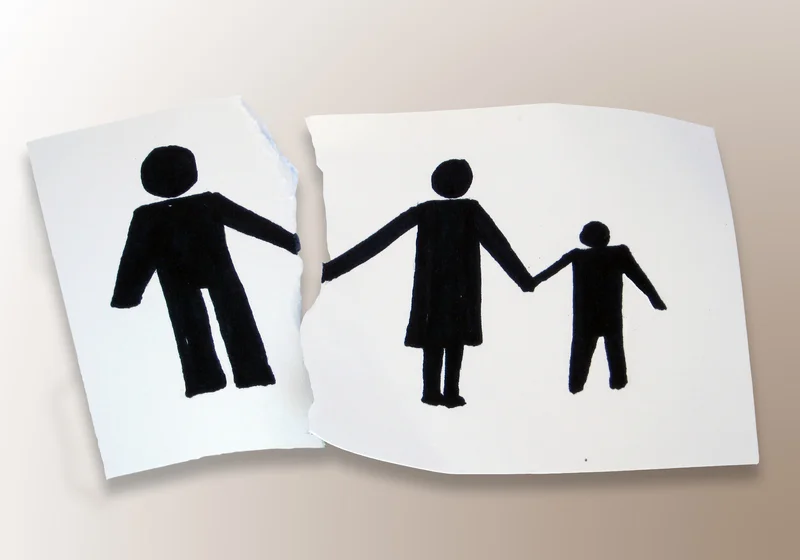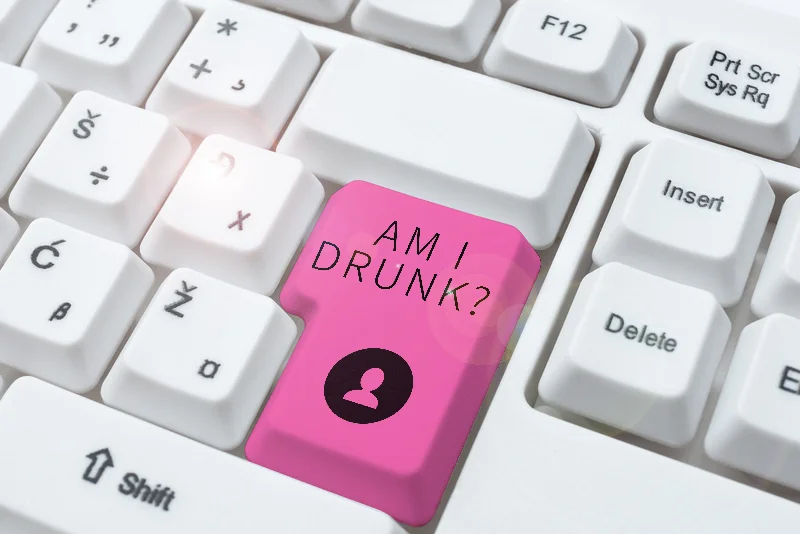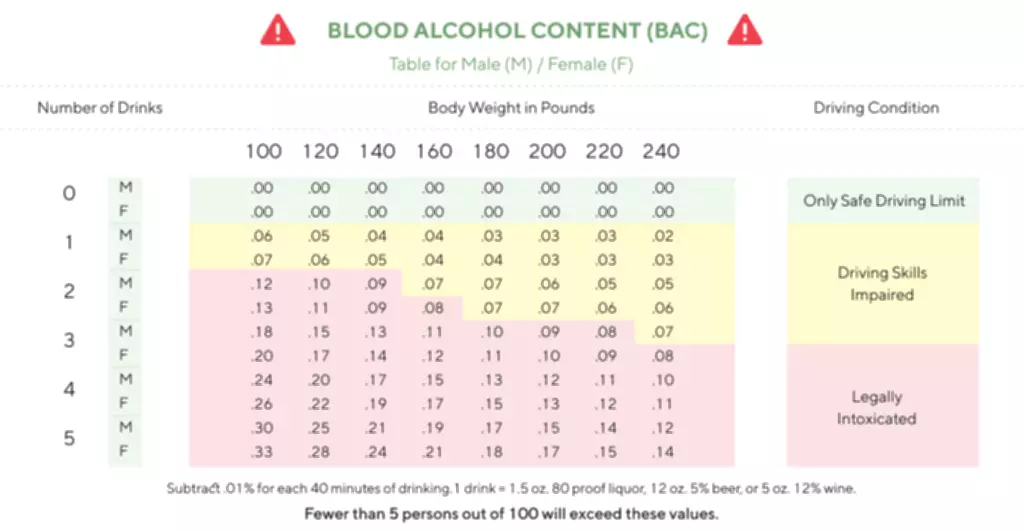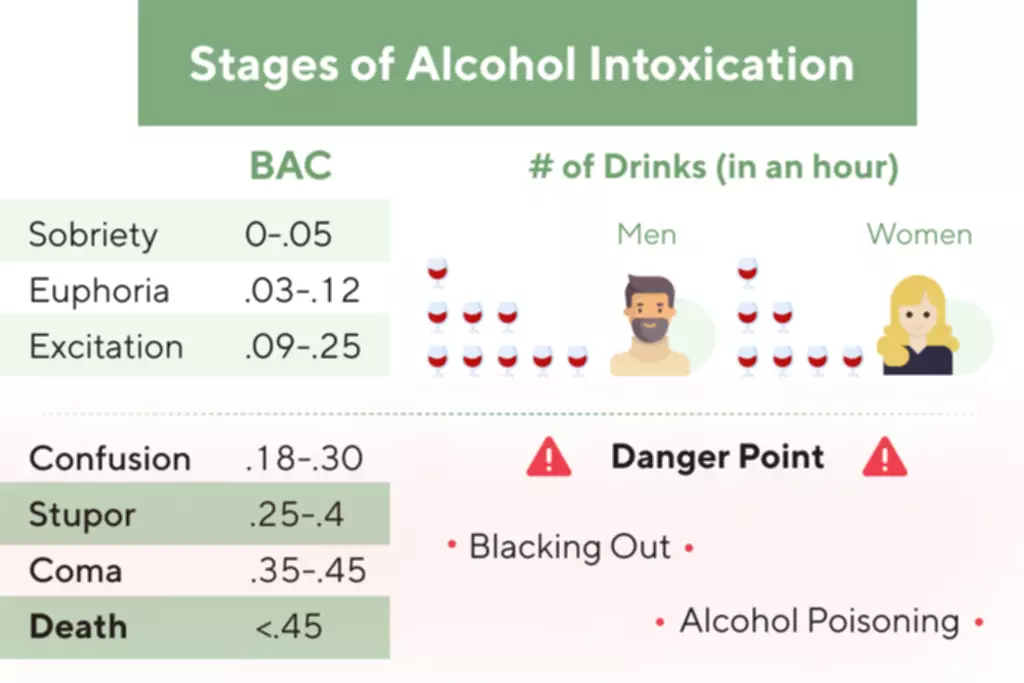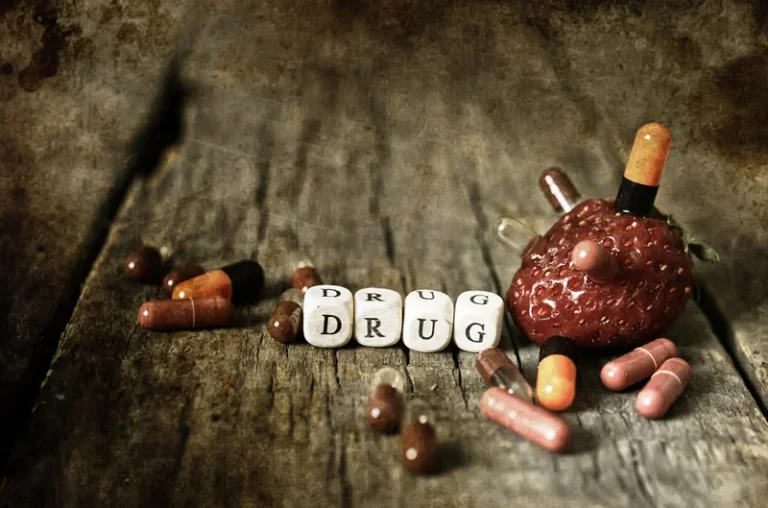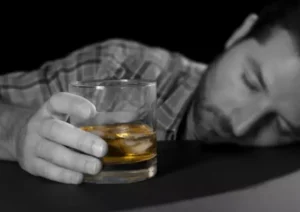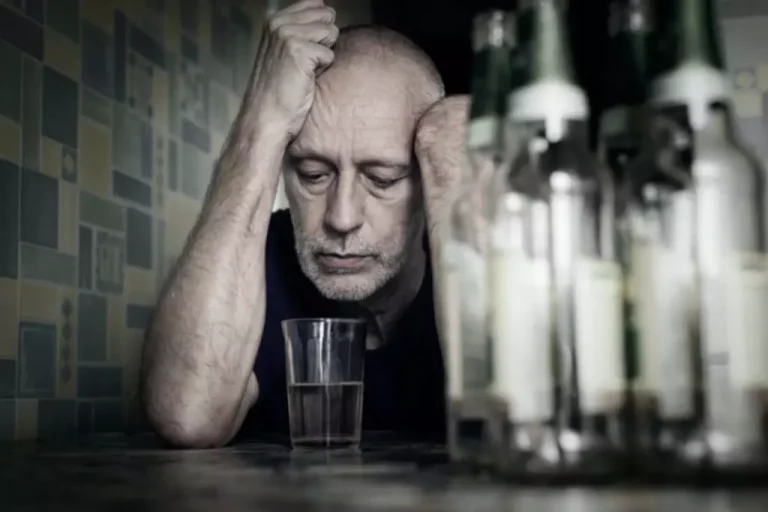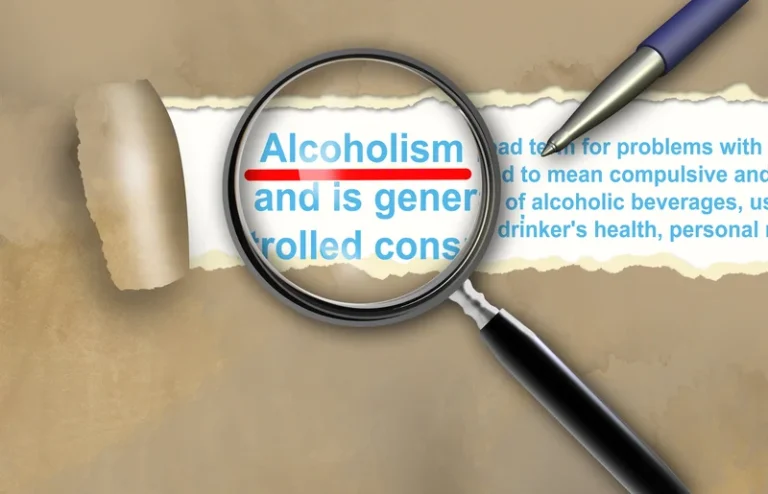It is elongate with striate markings (more noticeable when moist) with a distinctive small bump at the very top (umbo). They usually grow a lot in the Pacific Northwest, west of the Cascade Mountains. Liberty caps might be the world’s most common psychedelic mushroom. It’s found in many countries, particularly in European countries. Liberty caps are often found in grassy fields where animals, mainly sheep, graze – this is why you might hear people saying they grow near manure. According to Dr Nuke, they mostly grow in uncultivated and untouched grounds, so the countryside is often your best bet.
HOW TO CHECK MUSHROOMS ARE SAFE
After 24 hours, check underneath the mushroom cap and you should see a spore print. If it’s dark purple, that’s a key indicator that you’ve found liberty caps. Liberty caps vary in color and are hygrophanous, which means they can appear to change color and transparency depending on the level of moisture in their environment. This is one reason why the mushroom’s fruit bodies may change color when moist and appear dull when dried out.
- It’s important to note that more studies are needed to fully understand how hallucinogenic mushrooms like liberty cap mushrooms affect mental health before we draw more definitive conclusions (3).
- It is both one of the most widely distributed psilocybin mushrooms in nature, and one of the most potent.
- However, heat can degrade psilocybin, so it’s important to avoid high temperatures when preparing them this way.
- Psilocybe fimetaria bears a resemblance to P. semilanceata but fruits exclusively from cow and horse dung (a property shared by the closely related and uncommon species P. subfimetaria).
- Chemist Albert Hofmann, lab technician Hans Tschetter, and mycologist Roger Heim reported the presence of Psilocybin in P. semilanceata in 1963.
Conocybe, Inocybe and Mycena all possess fragile flesh, and unlike P. semilanceata, it won’t be possible to peel a gelatinous membrane from the cap. Conocybe apala, the milky conecap, can be clearly distinguished by its white gills, and its delicate mushrooms tend to rapidly shrivel and bend from sight on drying. Inocybe geophylla, the white fibercap, can be distinguished by its yellowish-brown to pale grayish gills and yellowish-brown spore print. The cap of the mushroom will change colour depending on how much moisture it retains.
These gills produce the spore print that helps with identification, and their color transformation is an important sign of maturity. Most of the time, liberty cap mushrooms are easy to identify with their bell-shaped pileus or conical cap. The genus Conocybe also has a similar cap and contains toxic compounds.
- We use this weather model to produce a weather suitability forecast which is displayed on our map.
- If you are considering suicide, please call 988 to connect with the National Suicide Prevention Lifeline.
- If a cap is more like an umbrella than a cone, it’s not a liberty cap.
- They’re especially fond of growing in pastures that have soil fertilized by the dung of sheep or cows.
On average, Psilocybe azurenscens (considered the most potent psilocybin mushroom) contains more psilocybin (1.78 percent). Smaller specimens of liberty caps usually have the highest concentrations of psilocybin. In the U.S., liberty caps most commonly grow in the Pacific Northwest, west of the Cascade Mountains. They grow abundantly in autumn and early winter in these locations.
Lacto Fermenting Wild Ingredients
The cap of the first (Conocybe apala) looks very fragile, and the cap of the second (Conocybe tenera) has strong orange tones. The gills of both Conocybe apala and Conocybe tenera start off pale brown and turn to rust or cinnamon brown. Lookalikes of the liberty caps are not always safe, as seen by the Pholiota Rugosa.
Psilocybe semilanceata (Fr.) P. Kumm. – Magic Mushroom or Liberty Cap
The mycelial network functions as a sort of “wood wide web” and facilitates communication between mushrooms and other plants. The gills start off grey and turn to purplish-brown with age as spores get released. The gills slope upwards and only attach to the stem right at the top. You shouldn’t rely on any single characteristic to identify them. For example, the liberty cap is famous for its nipple but this is not a unique feature. His main areas of interest include mental health, mystical experiences, the history of psychedelics, and the philosophy of psychedelics.
DoubleBlind Magazine does not encourage or condone any illegal activities, including but not limited to the use of illegal substances. We are not a substitute for medical, psychological, or psychiatric diagnosis, treatment, or advice. If you are in a crisis or if you or any other person may be in danger or experiencing a mental health emergency, immediately call 911 or your local emergency resources. If you are considering suicide, please call 988 to connect with the National Suicide Prevention Lifeline. The liberty cap is named for its resemblance to the liberty pole – a symbol of freedom originating in the Roman Empire. If you’re interested, Adrastos Omissi traces the etymology here.
Again, these shrooms will have orange spores and gills and tend to be non-toxic. Toxic varieties of Galerina, such as the death cap, “look quite a bit different and grow from wood,” says Rockefeller. Liberty caps have an almond-like odor when crushed or dried out, although fresh specimens don’t have much of an aroma.
Liberty Cap Mushroom Look-Alikes
Psilocybe semilanceata usually grows on cow dung and grasslands, meadows, lawns, and fields. They prefer to grow on acidic soil with high nitrogen levels (such as cow pats). It makes them ideal for growing indoors, where you can control these conditions quickly.
These caps are usually anywhere from 5 to 30 mm in diameter and 6 to 22mm tall. Psilocybe semilanceata, or Liberty Caps, stands out among psychedelic mushrooms for its potency, distinct appearance, and historical significance. Its psychoactive properties and cultural relevance continue to intrigue researchers and enthusiasts.
The spores of a liberty cap mushroom are smooth and ellipsoidal. There are also some edible mushrooms that look like liberty caps, but these aren’t going to give you the trip you’re hoping for. They usually pop up after it’s been raining, so it’s best to go on the first dry day after a spell of rain. Rockefeller says that liberty liberty caps gills caps never occur in forests, in wood chips, or directly from manure. Nevertheless great care needs to be taken with this mushroom as it is still illegal to pick and possess them as well as their potentially dangerous side effects on your body. We hope this has been an informative summary of what is known about where and when liberty caps grow.
Burma Mushroom: The Complete Guide
Their stipes tend to be slender and long, and the same color or slightly lighter than the cap. The gill attachment to the stipe is adnexed (narrowly attached), and they are initially cream-colored before tinting purple to black as the spores mature. The spores are dark purplish-brown en masse, ellipsoid in shape, and measure 10.5–15 by 6.5–8.5 μm.
The Liberty Cap fungus thrives in high humidity and dies when it’s too cold. On the other hand, it has increased in warmer climates like Texas and Florida from September to December. When the doctor arrived, the family’s symptoms were coming and going. A phenomenon they experienced was a series of evidence accumulation, in which they would have intense symptoms and then return to normal but with their old symptoms. The family has a drug addiction, except for the 8-year-old Edward. He was convinced he would die, but then he managed to convince the family they all needed help.
A laboratory study4 found that Psilocybe semilanceata penetrates and feeds on decaying grass roots which may explain its particular affinity for grassland. Psilocybe semilanceata contains a cocktail of psychoactive ingredients, in particular psilocybin which is the main active ingredient found in the fruit. The psychedelic experiences are seen whether the mushroom is eaten dry, fresh, in powdered form or added to food; they are comparable to LSD. The gills start light grey/black, are mottled and have a lighter edge but become very dark purple/black as the spores are released. The little psychedelic mushrooms spring up in pastures, fields and parks all over the country.

